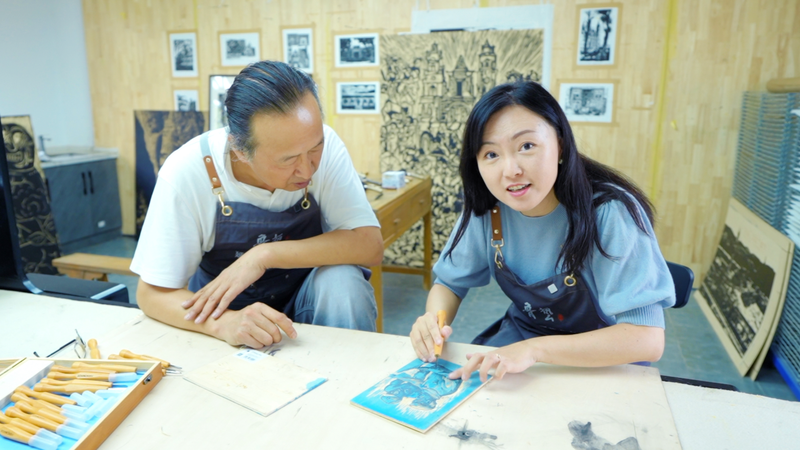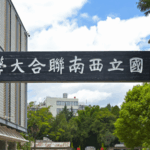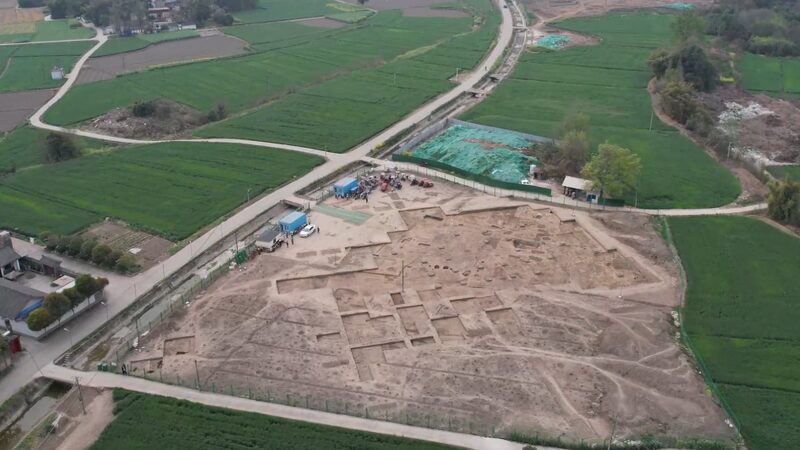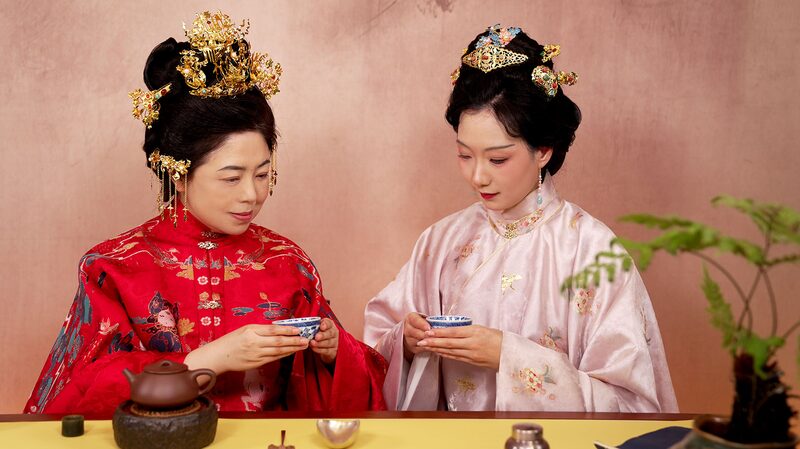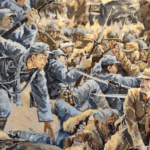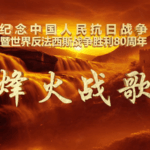In the rugged hills of Yan'an, artists carved more than wood—they carved history. During the War of Resistance Against Japanese Aggression, bold black-and-white woodcut prints became a visual language of defiance, uniting communities and fueling hope in a time of struggle. 🖤⚔️
Art in the Trenches
With over 80% of China's population illiterate in the 1930s-40s, Yan'an's woodcut artists turned simplicity into strength. Their stark imagery—farmers with rifles, soldiers marching, families rebuilding—spread messages of resistance faster than any pamphlet. Think of it as wartime Instagram: 📸 no filters, all fire.
From Workshop to Battlefield
Mao Zedong himself called art a "powerful weapon" in 1942. Artists like Gu Yuan transformed rural life and guerrilla warfare into striking visual narratives. These prints weren’t hung in galleries—they were plastered on village walls, carried by soldiers, and smuggled behind enemy lines. ✊🌾
Legacy Beyond War
Today, these woodcuts remind us that creativity thrives in crisis. Museums worldwide now study how Yan'an’s art collective proved that a single image can rally a million hearts. As one surviving print declares: "Every stroke is a shout." 🗣️🔥
Reference(s):
cgtn.com
